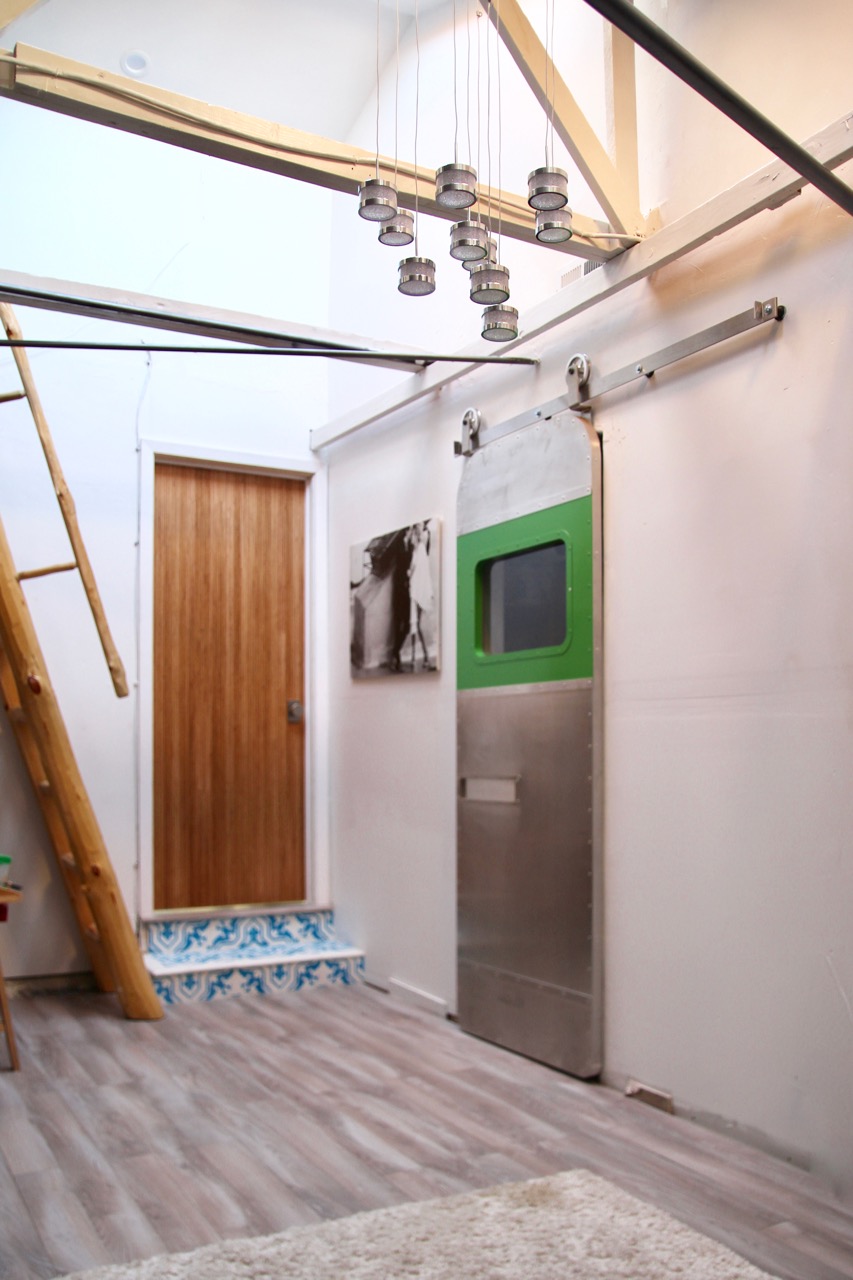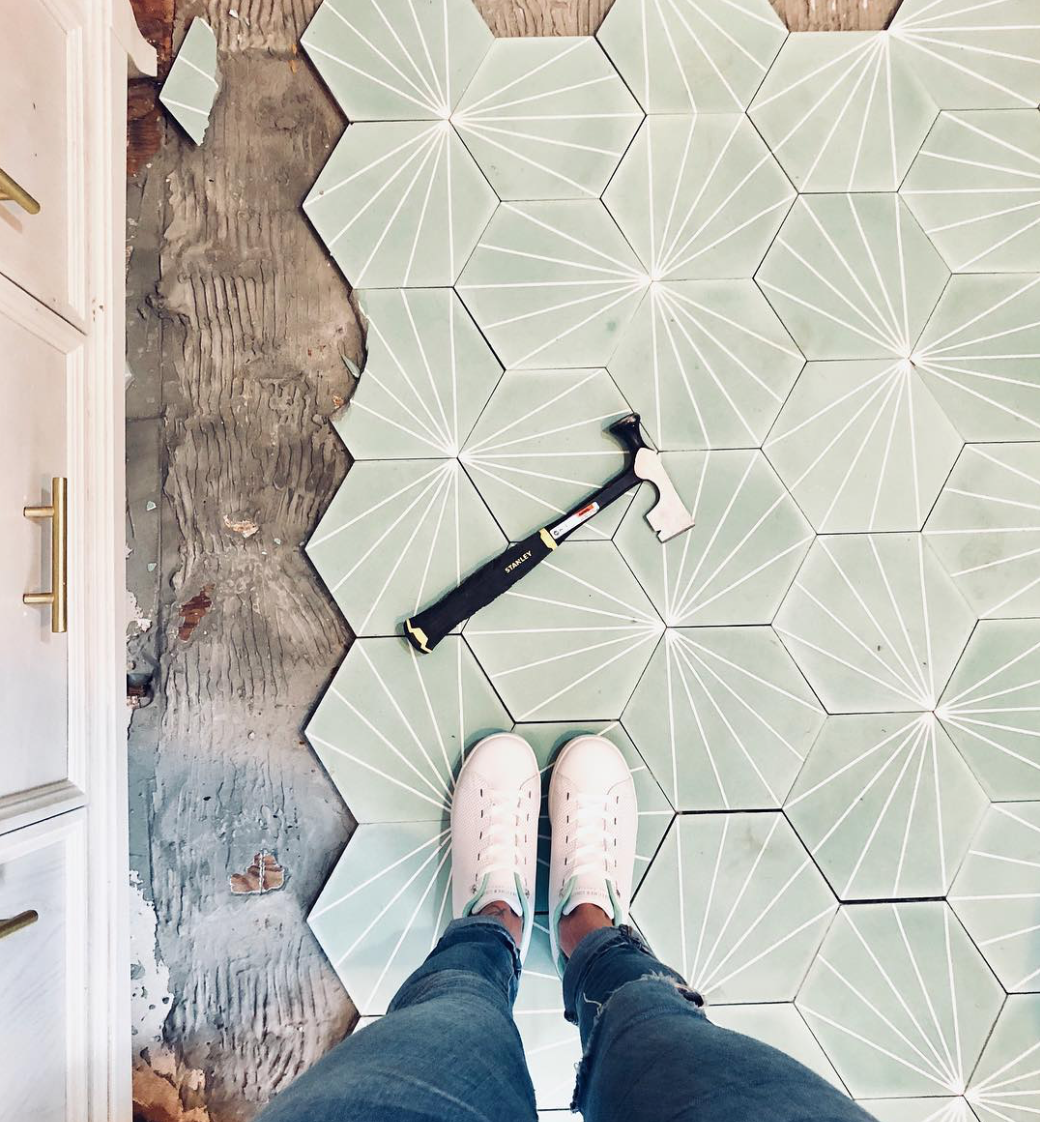
Aarrrrrrgh
OK, so yesterday’s conversation under my bathroom renovation post was a little frustrating – you can read it here, if you’re interested – but at it’s heart was, I think, a solid question:
How in the world does one afford to renovate a house if, say, one has not found themselves the sudden recipient of a trust fund/inheritance/other random windfall of enormous proportions?
The reason I say it’s a good question is because I’ve had it myself. About a year and a half ago, I noticed that my friend Erin was doing bunches of renovations to her place – including yard landscaping (and hardscaping, which costs a fortune), an exterior makeover, and so forth. Because I know the general feeling is that it’s rude to ask someone how they can afford a big purchase, I tried not to, but finally I couldn’t help it.
“Erin,” I said, “I know this isn’t a question I’m supposed to ask…but…but…how are you doing this?”
She explained how she’d done it. And then I took her suggestions, and I did it myself. If you check out this post, it’ll tell you everything I know about home equity lines of credit – and below are a few more tips I’ve gleaned from having been in the process of renovating my house for well over a year now (three years, if you include the renovations I did right when we moved in).
I made the mistakes, so now you don’t have to.

Check out my garage-to-multifunctional-living-space renovation here.
- Do not do everything at once. I made this mistake, because I enjoy multitasking and am very, very impatient: I started bathroom #2 before bathroom #1 was anywhere close to done, and there are still some details left to fix in the garage.
- Put together a manageable scope of work with the contractor, and review daily to make sure you’re on track both with budget and timing – it’s not about micromanaging the people, but rather choosing the right people for the job, and then managing the project.
- Also, you will go over budget and it will take more time than you want it to. Just know that, and prepare for it.

- For products, think outside of the box: I hunted around on CraigsList for people who may be trying to offload construction supplies (like the casement window I put in the garage studio, pictured above; that was free from a deconstruction house I found). Also consider contractor’s warehouses – they don’t necessarily have as much stuff as, say, a Lowe’s – but what they do have will be the same quality for a much lower price (I found my front door at a warehouse in Santa Clara for about $1.5k less than the exact same door at Home Depot).
- Negotiate a low “teaser rate”…but plan ahead for refinancing. The last thing you want is for your HELOC to all of a sudden be subject to a variable interest rate, because that’s when things can get crazy expensive (and unpredictable, which is no fun when it comes to matters of money). Talk to your mortgage broker about what you’ll need to have in place in order to refinance, so that you can be ready when the time comes. You may, for example, need to have X amount of cash in the bank, or, if you’re a freelancer, be able to show two years of income that qualifies you for the new loan. And so on. Get those ducks in a row.

- DIY what you can – but be realistic about it. Take the mint-green hex tiles in the master bathroom (pictured above), for example: I had helped my friend tile her bathroom walls, so I figured I’d be capable of installing the encaustic cement tile in my bathroom floor. Ah…no. Turns out that tiling a flat, completely even wall and tiling a less-than-smooth floor are totally different beasts, and how this ended was with me wrecking a whole bunch of very expensive tile (and then having to pay someone to hack it out, because I tried – hard, using everything from a crowbar to – and turned out to simply be beyond my physical abilities).
Any other questions? Ideas? Tips of your own?



